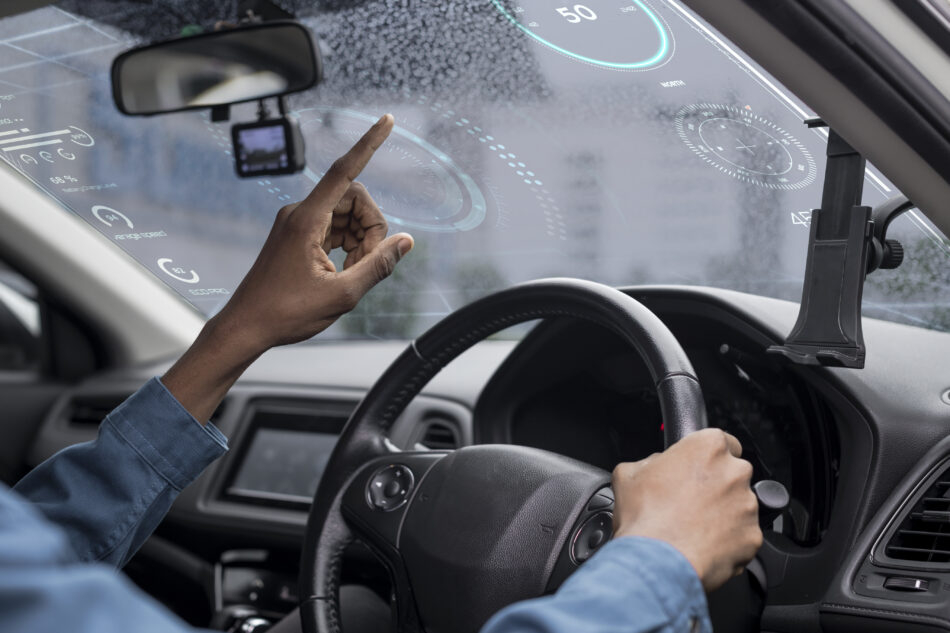Introduction
The future of mobility lies in automation. From self-driving cars to autonomous drones and delivery robots, intelligent systems are reshaping how people and goods move. But at the core of these transformations lies a silent driver—training data. For autonomous driving solutions to operate safely and effectively, they must be trained on large volumes of high-quality, well-labeled data that accurately reflects real-world scenarios.
Scaling these systems requires more than just sensors and software—it requires a data infrastructure that evolves with complexity. As automation expands across sectors, the demand for data that powers machine learning (ML) models is surging. But how do we meet this demand while maintaining quality, speed, and safety?
This article explores how quality training data plays a pivotal role in scaling autonomy, the challenges involved, and the emerging solutions that are accelerating progress.
The Importance of Training Data in Autonomy
At the foundation of every successful autonomous system is a machine learning model trained on data representing its environment. For autonomous vehicles (AVs), this includes images, video feeds, LiDAR scans, GPS data, and more. Training data allows these systems to “see” the world, understand it, and make decisions in real time.
But these systems don’t just learn once—they constantly evolve. With every new city, weather condition, or traffic pattern, new training data must be gathered, labeled, and integrated. The ability to scale, therefore, depends on the ability to continuously source and refine this data.
Key Challenges in Scaling Data Pipelines
Despite technological advances, scaling training data pipelines for autonomy presents several hurdles:
- Volume vs. Precision: As the model scales, so does the demand for data. However, high volumes often lead to quality compromise. For critical applications like AVs, even a small error in annotation can lead to unsafe decisions.
- Diversity of Scenarios: Models must be trained on diverse edge cases—such as jaywalking pedestrians, emergency vehicles, or construction zones—which are rare and hard to capture.
- Domain-Specific Knowledge: Annotating training data for navigation, traffic rules, or object classification requires domain expertise, which isn’t easy to scale across global operations.
- Latency and Real-Time Feedback: Many AV deployments require near-real-time updates and validation, further complicating the data lifecycle.
Synthetic Data for Scalable Training
One innovative solution to these challenges is the use of Synthetic Data for Computer Vision Training. By generating photorealistic simulations of driving environments, teams can train models on scenarios that would be difficult—or dangerous—to capture in the real world.
Synthetic data allows for controlled variation in lighting, weather, object placement, and behavior. It also offers annotation-ready assets, reducing the need for manual labeling. As simulation platforms become more advanced, synthetic data is proving instrumental in accelerating development cycles, especially for urban navigation and edge case learning.
Powering Autonomy with Precision Mapping and Navigation
Accurate localization is critical for autonomous systems to operate safely. Whether navigating a city street or flying a drone corridor, systems rely on detailed maps and localization cues. Powering Autonomy with Precision Mapping and Navigation enhances model awareness and spatial understanding.
These high-definition (HD) maps include lane boundaries, road semantics, curb heights, and even dynamic objects. When integrated with GPS and sensor inputs, they allow for sub-decimeter precision, enabling systems to navigate complex environments with confidence.
The continuous feedback loop between mapping updates and vehicle performance allows for real-world adaptability. As new environments are introduced, precision mapping ensures consistent model performance and safety.
Leading Companies in the Autonomous Driving Ecosystem
Several companies are at the forefront of providing solutions for autonomous driving, offering everything from full-stack vehicle platforms to software tools and data services:
- Waymo – An Alphabet subsidiary leading in full-scale AV deployment with its Waymo One robotaxi service.
- Cruise – Backed by General Motors, Cruise focuses on urban AV fleets and has made notable progress in U.S. cities.
- Aurora – Specializing in logistics and trucking automation, Aurora is innovating with scalable AV stacks.
- Motional – A joint venture between Hyundai and Aptiv, known for its autonomous ride-hailing vehicles.
- Nuro – Focused on last-mile delivery robots, especially in suburban and urban environments.
These companies highlight the diversity and maturity of the industry, and all rely on data-driven ecosystems to support their autonomous operations.
Conclusion
Scaling autonomous driving solutions isn’t just about better AI models—it’s about building smarter data ecosystems. From synthetic data generation to precision mapping and scalable annotation workflows, every part of the pipeline plays a role in enabling safe, reliable autonomy.
As the industry continues to evolve, the organizations that prioritize data quality, agility, and scalability will lead the way. Whether on the road, in the air, or across warehouse floors, autonomy will thrive on the strength of its data.
By investing in advanced data strategies and embracing both synthetic and real-world inputs, developers can unlock faster iterations, improved model performance, and safer deployments—bringing the promise of autonomous mobility closer to reality.








